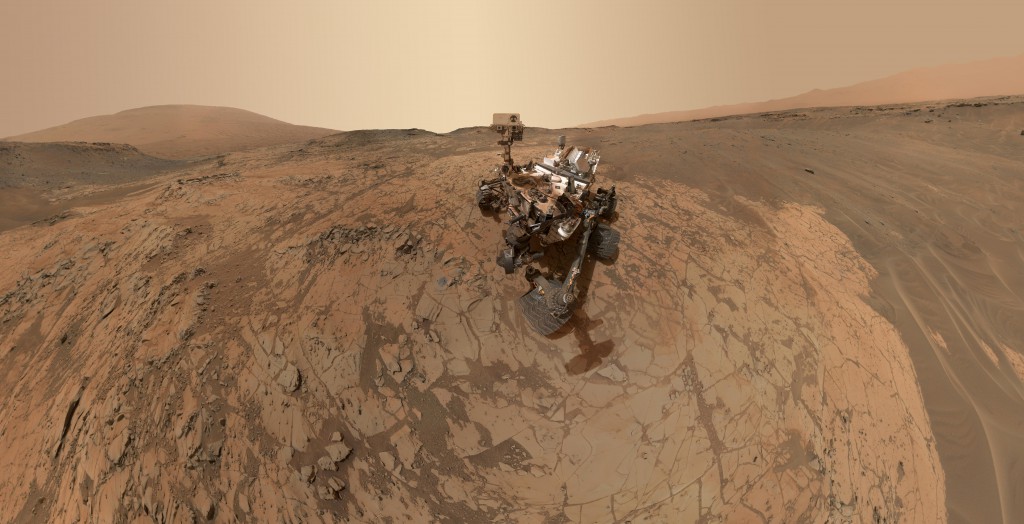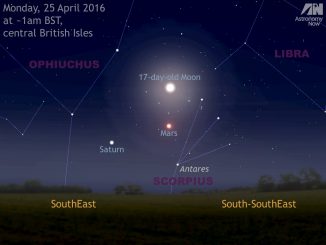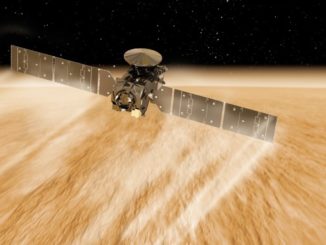
Nitrogen, in the form of nitric oxide (one nitrogen atom and one oxygen atom), has been detected for the first time on the surface of Mars by a team of researchers using the Sample Analysis at Mars (SAM) instrument suite aboard NASA’s Curiosity rover, adding to the growing speculation that life could have once flourished on ancient Mars.
On Earth, the largest source of nitrogen is found in our atmosphere as molecular nitrogen (N2), which makes up about 78 percent of the bulk of the gas. However, atmospheric nitrogen is relatively inert and bonds easily with other chemicals to form new compounds. Nonetheless, nitrogen is essential for life. It is found in amino acids, which are the building blocks of proteins, and it is present in the bases that make up nucleic acids such as RNA and DNA. In order for it to be directly utilised by organisms it has to be converted into water soluble forms of nitrogen, such as nitrates, nitrites or ammonium. This transformation is known as nitrogen fixation. Conversely when nitrates break down they can produce nitric oxide. Although nitrogen fixation is often associated with biological conversions of nitrogen, it can also occur naturally in energetic events such as lightning strikes.
Despite being an important biological regulator, the team of researchers from NASA’s Goddard Space Flight Center in Greenbelt, Maryland suggest that the nitric oxide discovered by the rover is more likely a result of meteorite strikes in Mars’ distant past rather than an indicator of life on the planet’s surface.
“Scientists have long thought that nitrates would be produced on Mars from the energy released in meteorite impacts, and the amounts we found agrees well with estimates from this process,” says Jennifer Stern, lead author of a paper describing this research.
The detection of nitric oxide is not only interesting in its own right, but it also has connotations for just how widespread the compound is. Nitric oxide was analysed by the rover in samples collected at an area nicknamed ‘Rocknest’ and at two drill sites in Yellowknife Bay known as ‘John Klein’ and ‘Cumberland’. The material collected at Rocknest is a combination of windblown sand and dust, hinting at a substantial abundance of nitric oxide scattered across the planet, while that drilled at Yellowknife Bay once resided in mudstone. Yellowknife Bay has already been visited by the rover and pictures taken at the time have led researchers to suggest that the area formed from the deposition of sediments on a lake bed. The addition of nitric oxide into such a location could provide conditions favourable for microbial organisms, reinforcing the idea that Mars was once capable of supporting life.



